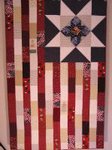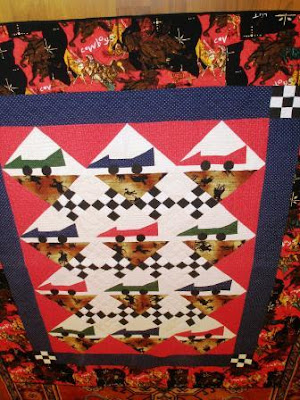Updated 3/2017 -- photos and all links (except to my own posts) removed as many no longer active.
There is a nice main article along with a discussion article in the August issue of the Journal of Plastic and Reconstructive Surgery which focuses on the preference of the scar location from the woman’s (patient’s) standpoint when the latissimus dorsi muscle flap is used in breast reconstruction.
There is always a “robbing Peter to pay Paul” when donor tissue is used in any reconstruction. Some times there is not a choice in how the donor scar will be oriented, but when there is the patient should be involved in the choice.
The surgeon needs to explain the factors which make one scar choice his/her preference. Factors such as the patient’s age, body mass index, other scars, and amount of tissue needed will all factor into the surgeon’s choice.
The patient’s preference is most likely to be made on how they view their body and on the types of clothing they like to wear (or envision wearing). Will the scar be hidden or visible with the clothing choices?
The article surveyed 250 women between the ages of 20 and 80 years, including 50 women with a history of breast cancer. The participation rate was 96% for a total sample size of 240 subjects.
The women were grouped into the following age categories: 20 to 29 years (n = 46); 30 to 39 years ( n = 32); 40 to 49 years (n = 44); 50 to 59 years (n = 70); and 60 to 79 years (n = 48).
The survey for the article study was done used photographs of a patient's back showing the variations of the latissimus dorsi donor-site locations. I scanned this photo from the first reference article.
As with the above, this one was scanned from the first reference article.
The results of the survey found:
The majority of women (66%) noted that the location of the latissimus dorsi flap donor site was important.
The lower transverse scar was the preferred scar location in 54% of the women surveyed. The second most preferred site was the middle transverse scar location.
The ability to conceal the scar in a low-back top or swimwear was noted to be important by 32%. A chance to improve the body’s contour was noted to be important by 30%.
Women younger than 50 years of age were concerned primarily with concealing the scar with clothing options, whereas women older than 50 years were concerned with both clothing options and contour of the back.
The independent factors of age, body mass index, ethnicity, body image, and clothing options were not found to show any significant correlation with scar location.
Maurice Y. Nahabedian, M.D. notes in his discussion of the article:
Personal experience with the latissimus dorsi musculocutaneous flap resonates with the conclusions of this study. The middle and lower transverse incisions have been preferred because they are better concealed. Women are able to wear certain clothing items and not reveal the location of the scar. There is usually less distortion of the posterior thorax and a better quality scar when compared with oblique or vertical incisions. …….
A final thought on this article is in reference to the evolution of breast reconstruction. ……. The posterior thorax is an equally important though less frequent donor site than the anterior abdomen. However, donor-site issues such as strength, scar, contour, and seroma need to be optimized to improve outcomes and increase patient satisfaction. This study has addressed scar and contour issues related to the latissimus dorsi flap, provided data to support the conclusions, and provided a mechanism to improve outcomes.
REFERENCES
Breast Reconstruction with the Latissimus Dorsi Flap: Women's Preference for Scar Location; Bailey, S; Saint-Cyr, M; Zhang, K; Mojallal, A; Wong, C; Ouyang, Da; Maia, M; Zhang, S; Rohrich, R J.; Plastic & Reconstr Surgery. 126(2):358-365, August 2010, doi: 10.1097/PRS.0b013e3181de1b41
Discussion: Breast Reconstruction with the Latissimus Dorsi Flap: Women's Preference for Scar Location; Nahabedian, Maurice Y; Plastic & Reconstructive Surgery. 126(2):366, August 2010; doi: 10.1097/PRS.0b013e3181de1963








 The second one I have sent to @
The second one I have sent to @






